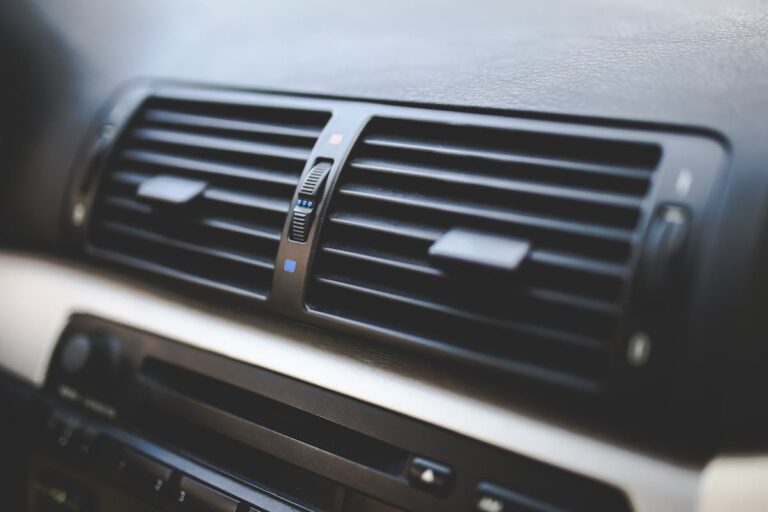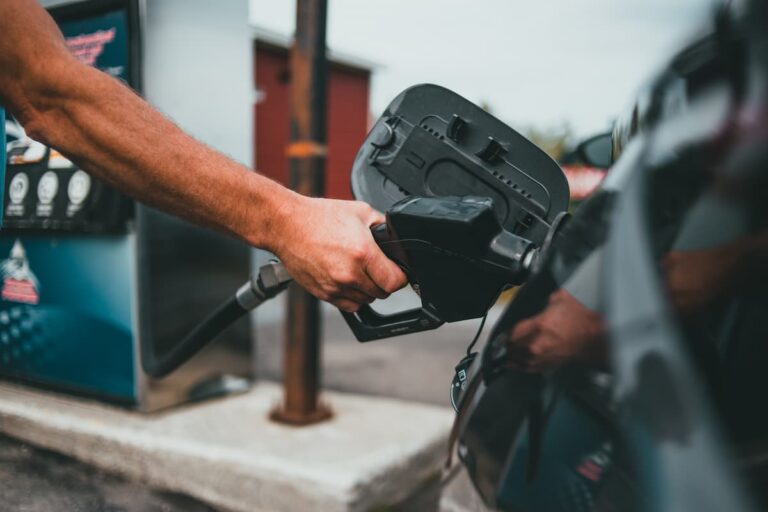What Happens If You Accidentally Turn Your Car Off While In Drive?
Push-to-start key fobs usually have buttons allowing you to turn your car on and off and don’t require inserting a key into the ignition.
Older vehicles, in contrast, won’t start (or stay functional) unless there’s a key in the ignition.
So what happens if you accidentally turn off your car while it’s in drive? What if you’re driving and it shuts off?
If you manage to turn off the car while in drive, it won’t harm your vehicle, and you can simply turn it back on again. If you’re moving, however, you’ll notice the car is harder or impossible to control as the electronics won’t work unless the vehicle is on. Use the emergency brake to stop, and then try turning the car back on.
Turning a Car Off While in Drive

Most modern vehicles have safety features that stop you from removing the key from the ignition while it’s in drive. When you’re moving, the vehicle’s computer will also keep the engine from turning off (barring a major malfunction).
However, older vehicles from the 50s or 60s may not have these features in place, and you may be able to remove the key at any time or turn it to cut the engine while driving.
Usually, if the engine is off, the power is also off. All systems that rely on electricity (like power steering or electric brakes) may become harder to control or stop working altogether.
The emergency brake on your vehicle will still work, but the steering wheel may lock if the engine powers off. If your steering wheel locks, it will be impossible to control the vehicle.
If you’re driving and the engine cuts out, you will likely be in an accident as you won’t be able to steer or brake effectively.
On the other hand, forgetting you’re in drive and pulling the key isn’t a big deal if you’re stopped, as cutting the engine shouldn’t damage your vehicle or the engine itself.
The car won’t move forward if you release the brakes, but you don’t need to worry about the steering wheel locking or the power steering failing.
Simply put the key back into the ignition, start the car normally, and put it into park.
Why You Should Never Remove the Key While Driving
While you may be curious about removing your key while driving, you shouldn’t ever try it.
As mentioned, cutting the engine is a major safety hazard if you’re driving. You can lock the steering wheel, preventing the ability to turn or control the vehicle. The brakes may also not work well, and you may not be able to stop.
Overall, it’s a bad idea to mess around with your key while driving – it can cause an accident faster than you can turn the car back on. You may also be unable to get the key back into the ignition.
In the event of an accident, some of your car’s safety features may also fail to work.
Without power, your airbags may or may not inflate. All electronics in your car will also stop working, including the radio, GPS, and Bluetooth.
After the accident, you can get into serious trouble.
Removing the key from your car can be considered negligent and dangerous. You may be charged or found liable for any damage or costs to other drivers.
Additionally, your insurance company won’t cover you if they find out that you caused the accident this way.
What To Do If Your Car Shuts Off While Driving
Whether you remove the key or your vehicle breaks down, the car may shut off while you’re driving.
The first thing you want to do is shift your car into neutral. This disconnects the wheels from the engine and can help prevent damaging your vehicle.
You then want to immediately start slowing down.
Your brakes will be harder to press than usual and may be less responsive. If you can press down hard enough, go ahead. If not, you should also ease into using your emergency brake.
Your vehicle will also be difficult to steer without power steering. Slowing down is your first priority, but your second is to get off the road.
Turn on your hazard lights as you slow down to alert other drivers that you’re having issues.
While slowing down, ease towards the side of the road to give other drivers room to pass and avoid your vehicle.
Get out of the road fully by the time you get your vehicle to stop.
From here, leave your hazard lights on. You’ll need to call AAA or a tow truck and wait for assistance.
If your engine failed, but you can restart it, driving away on your own may not be a safe option. It may happen again, and you risk putting yourself and others in danger.
Can an Electronic Key Cause Your Engine to Stop?
Quite a few newer vehicles no longer start by using keys inserted into the ignition.
Newer cars start with an RFID fob, a radio frequency identifier that tells the vehicle’s computer your key is nearby and allows it to activate with the press of a button.
Throwing the keys out the window or losing them won’t stop your engine. Safety features built into the vehicle help keep things running without the fob.
If the car is driving when the fob gets too far away, the car’s computer will consider it malfunctioning and will continue running instead of instantly shutting off.
If the keys have a start/stop button, accidentally pressing stop isn’t a big deal either. Most vehicles won’t allow you to stop the car if it’s driving above a certain speed.
Conclusion
If your engine fails and turns off while driving, you must slow down quickly and try to get off the road.
Accidentally turning your car off while moving should be impossible in most cases, but manufacturing defects or mechanical breakdowns can allow it to happen.
If you cut your engine when you’re stopped but still in drive, it won’t damage your vehicle.
You can just restart the car normally and shift it into park.






